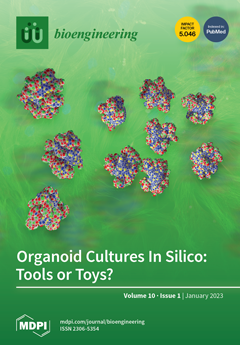Owing to the demand for the consumption of healthy extrudates, this study explored the infusion of
neera (coconut inflorescence sap) honey in rice flour, corn flour and coconut milk residue blend-based extrudates.
Neera honey, the concentrated coconut inflorescence sap, has numerous nutrients and
[...] Read more.
Owing to the demand for the consumption of healthy extrudates, this study explored the infusion of
neera (coconut inflorescence sap) honey in rice flour, corn flour and coconut milk residue blend-based extrudates.
Neera honey, the concentrated coconut inflorescence sap, has numerous nutrients and a natural source of essential vitamins. Hence, the potential of
neera honey as a biofortifying compound for the production of healthy extrudates was investigated. The rice and corn based extrudates supplemented with different concentration of
neera honey have been prepared until the mix reaches 16 and 20% (w.b.) of feed moisture. Effect of addition of
neera honey on the physical properties (expansion ratio, bulk density, specific length), functional properties (water absorption, water solubility, oil absorption), biochemical properties (total carbohydrates, total sugar, reducing sugar, phenolics, flavonoids, antioxidants), color parameters(L*, a*, b*), proximate compositions (moisture content, ash, protein, fat) and mineral profile of extrudates were recorded. Results suggest that addition of
neera honey had a significant (
p ˂ 0.05) impact on all the physico-chemical parameters evaluated. Incorporation of
neera honey (feed moisture −20%) resulted in extrudates with less expansion, high bulk density and specific length, having high sugar, protein, phenolics, vitamin C and antioxidant activity. The combination of 60% rice flour + 25% corn flour +15% coconut milk residue samples infused with
neera honey upto 16% feed moisture was found suitable for the preparation of nutritious extrudates based on functional characterization and minerals evaluation.
Full article






